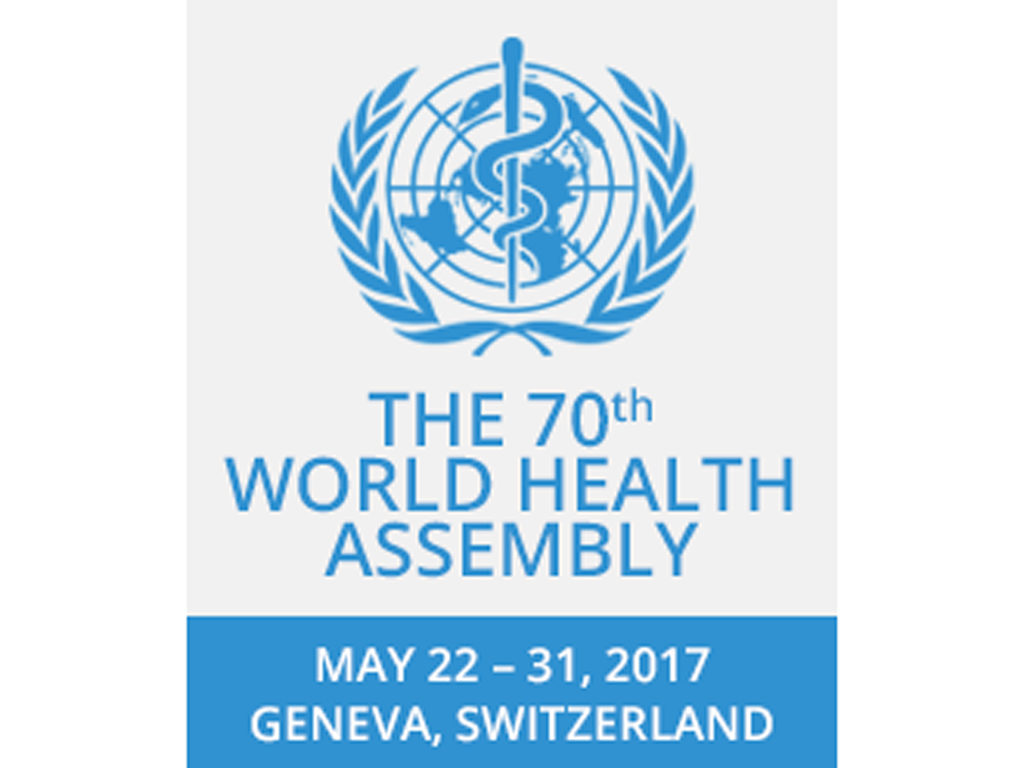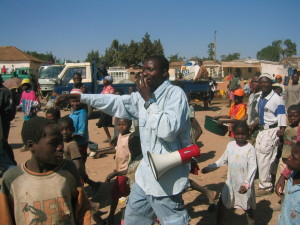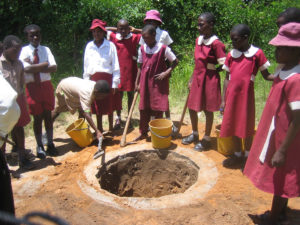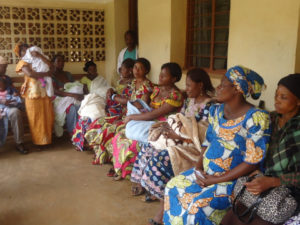The Present and Future of Global Health

The 70th World Health Assembly (WHA) started this week. I suggest you follow it if you are not doing so already because the WHA is the place where WHO accounts for what it has done, and where member countries present most of their needs and requests for the coming year. In short, WHO has a mandate stated in its constitution and the WHA is the place to make sure it is fulfilled.
Also, this WHA is very important because a new Director General was elected this week to replace Dr Margaret Chan: Dr. Tedros Ghebreyesus. He has a big job, that is to uphold the WHO constitution.
The constitution of the WHO states its objective to be, “the attainment by all peoples of the highest level of health,” with health being defined as, “a state of complete physical, mental and social well-being and not merely the absence of disease or infirmity. WHO is to realize this role based on a number of principles in order to assist member countries and coordinate assistance to these countries. The WHO constitution is 20-page document that every global health professional should know by heart because I believe that in one way or another, we all are part of the WHO’s plan of action.
For example, here is what the Assistant Director-General for Health Systems and Innovation said last week about why WHO helps countries to strengthen their health information systems (HIS):
“If countries don’t know what makes people get sick and die, it’s a lot harder to know what to do about it,” said Dr Marie-Paule Kieny, WHO Assistant Director-General for Health Systems and Innovation. “WHO is working with countries to strengthen health information systems and to enable them to better track progress towards the Sustainable Development Goals.”
The WHA is the place for Dr Tedros and member countries to find out how much stronger countries are as a result of WHO’s work and what work remains to be done, particularly in countries that have a high burden of preventable infections such as measles, Ebola, Malaria, TB and AIDs. One would expect to see this in the WHO’s 2018-2019 program and budget, and how this work will help countries advance towards these SDG3 targets. I did not find that in the program-budget.
I also did not find a concerted and spelled-out strategy that will help countries expand coverage. Nor did I find how WHO will track progress towards universal coverage. Did I miss something? What do you think WHO should focus on the next couple of years? What would you advise Dr Tedros to do first?
Whatever happens this week, let’s stay focused on the WHA for the next few days and evaluate the proceedings to help Dr Tedros strengthen the global health strategy for the next few years. In this way, by being clear and understanding what will be strengthened every year, we can all do our best to meet the 2030 targets.




